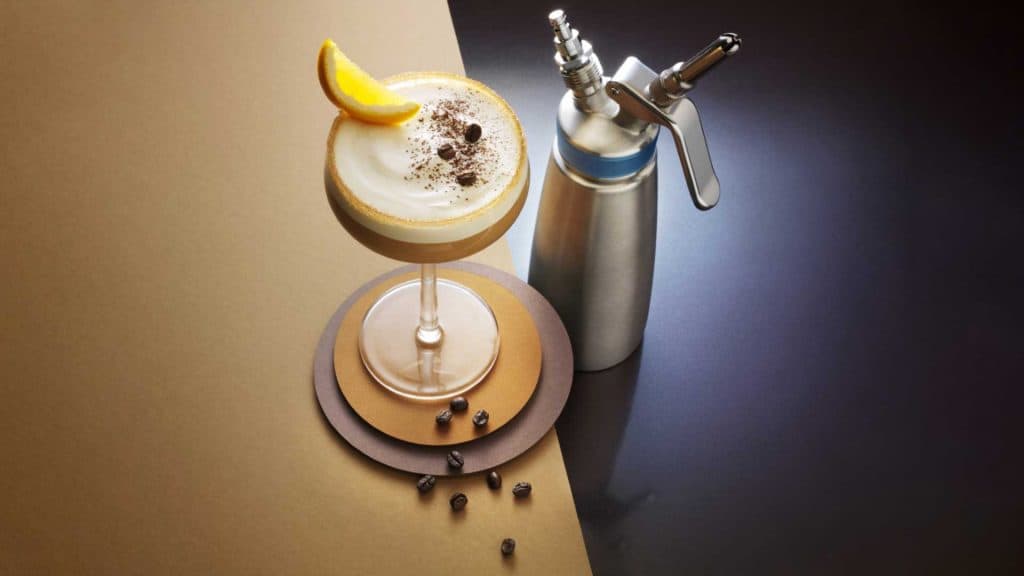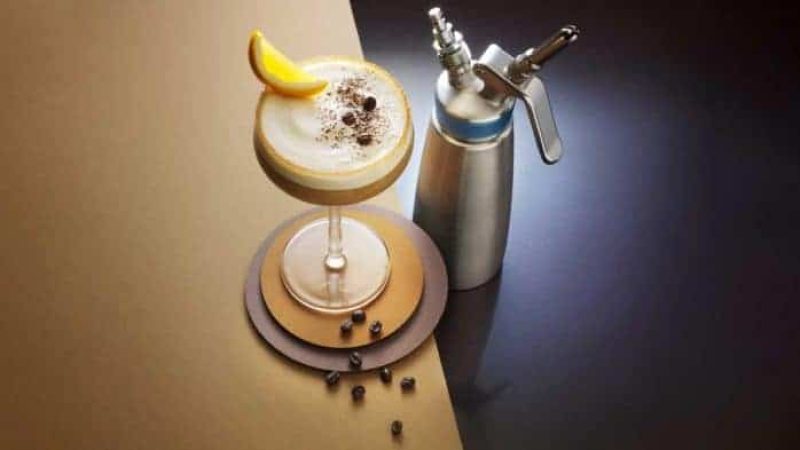Popularised by avant-garde chef Ferran Adrià in the late 90s, espuma – the Spanish word for foam – allows one to contrast and balance different flavours without weighing a dish down. Visually deceiving at times, the fact that an espuma conceals the ingredients in a veil of bubbly mystery adds a layer of excitement. Though the goal is not to deceive, it’s part of the game and allows guests to make their very own associations as the espuma melts on their tongues.
But foam exists in a variety of shapes and forms. Just look around a busy kitchen, and you’ll be able to identify several kinds of foams: the soapy bubbles in a sink, the head of a beer, a cappuccino, ice cream topped with whipped cream. The difference between such foams and a successful culinary espuma recipe is that the latter requires a stabiliser to ensure that it survives the journey from the siphon to the guest’s mouth without losing volume.

There are in fact four key elements to consider when devising an espuma recipe, namely flavour, temperature, density and application. And the success of your espuma recipe hinges on the interplay between these four elements. So keep reading because in this post we get down to details.
The 4-step checklist for a successful espuma recipe
1. Flavour
The first thing to consider for any espuma recipe is the flavour, which may be sweet or savoury. It seems blindingly obvious, but certain ingredients might bring out a particular characteristic of another food which can change the entire flavour direction of your dish. Beetroot foam is a prime example of this: depending on how you prepare it, you could make a sweet vanilla-infused dessert foam or a savoury beetroot-coconut foam. The base remains the same, but in terms of flavour, the two are worlds apart.
And there’s more to consider in terms of flavour. Because you can harness different cooking techniques with a siphon, you can use ingredients from practically all food groups. Here’s a list of some examples: oils, water, algae, cocoa, meats, fish and crustaceans, caviar, cereals, confit, fruit preserves, cold cuts, spices, fermented foods, flowers, foie-gras, nuts, fruits, legumes, flours, herbs, eggs, infusions, coffee, sprouts, liquors and alcohols, jams and marmalades, bread, cheese, milk, mushrooms, vegetables, vinegar, juices, and the list goes on.
What matters most is deciding what flavour group you want your espuma recipe to belong to – sweet or savoury – and refining your recipe according to that. To make it simple, ask yourself the following questions:
-
- Is my espuma recipe sweet or savoury?
- What food groups am I combining?
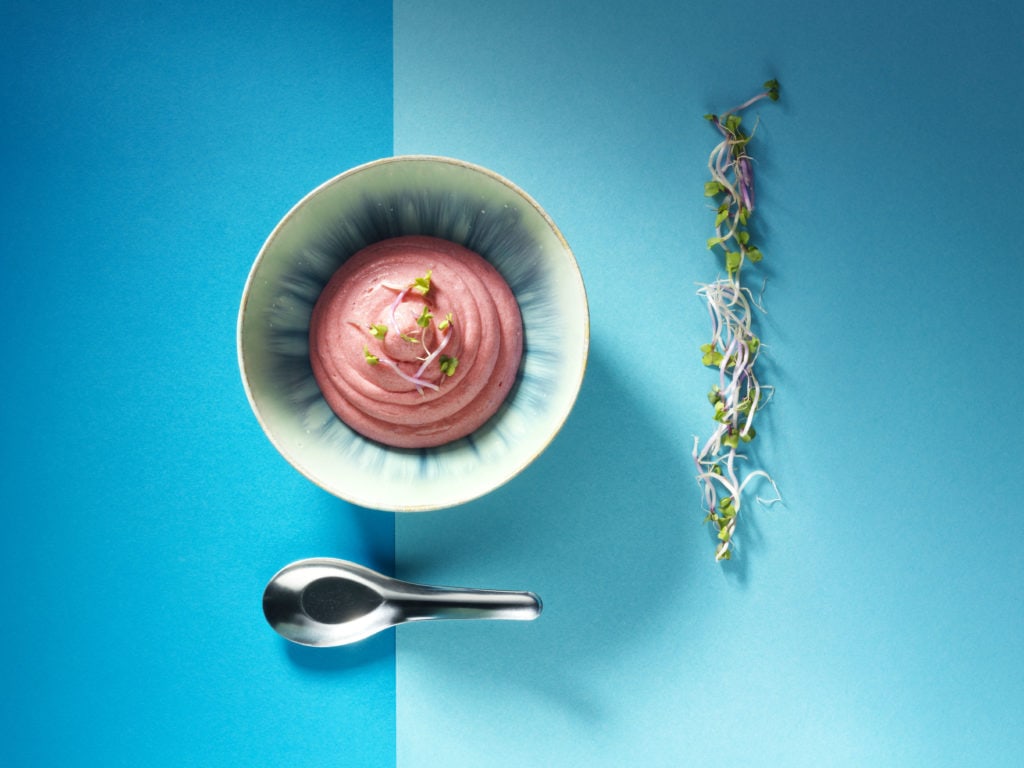
2. Temperature
The temperature aspect of an espuma recipe is relatively self-explanatory, although, in terms of preservation, there are a few things to consider. Although an espuma recipe will be either hot or cold, the foam must also reach the guest at the desired temperature.
If the foam is to be cold, ensure that the siphon cools in the fridge sufficiently – nobody wants to eat a scoop of ice cream with room-temperature whipped cream. As for hot foams, we advise using a sous vide machine to both heat the foam and keep the foam warm throughout the service. We recommend checking the following points before serving your espuma:
-
- Is my espuma meant to be hot or cold?
- Do I need to cool or heat the espuma before serving?

3. Density
The density of a foam is affected by various factors. Depending on the espuma recipe base – in other words, the stabiliser – the foam will be more or less dense. Frequently used stabilisers include gelatin, xanthan gum, lecithin, agar-agar, fat, egg white and starch, amongst others, although the amount of nitrous oxide you use also comes into play.
For a firmer espuma, we recommend using more pressure and shaking the cream dispenser more intensely (although you should never exceed 15 seconds). The resting time is also crucial, for some foams will remain firm for lengthier periods – such as this foamy pea soup recipe, thanks to the use of xanthan gum – while others lose their volume more rapidly. Check the following points to ensure you have the right density:
-
- Does my espuma recipe include a stabiliser?
- Does the volume of my espuma meet my requirements?
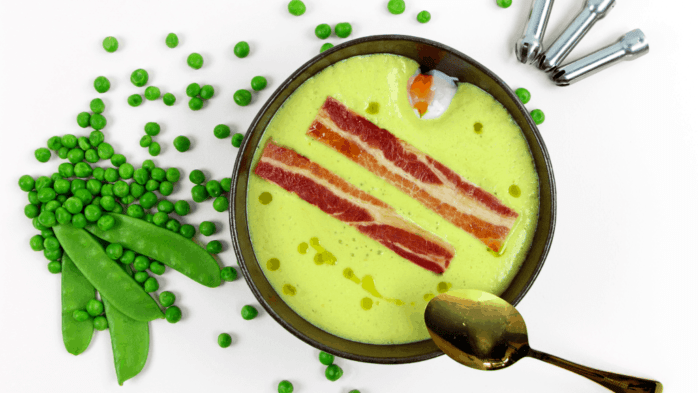
4. Application
The combination of an aesthetically intriguing dish with an even more enthralling mouthfeel is what makes for a thrilling dining experience. And a good espuma recipe will allow you to do precisely this – add an extra layer of intrigue to a dish by playing with different flavours and textures.
Consider what the espuma recipe serves; a cocktail, an aperitif, a sauce, a garnish or a dessert? Depending on the final application of your espuma – which also considers flavour and temperature – you might have to use a different stabiliser. Xanthan gum is a popular option because it applies to a variety of hot, cold, sweet and savoury espuma recipes.
Timing also comes into play when serving your espuma. An espuma for a cocktail always needs to be added last, as the foam will otherwise collapse. Foams intended for hot dishes should also be applied with care, as too much heat will destabilise the foam. To put it simply, the foam must be released shortly before serving, and not on top of something that is still boiling. Consider the following points before releasing your espuma:
-
- Where will this espuma go?
- Is my espuma aesthetically pleasing?
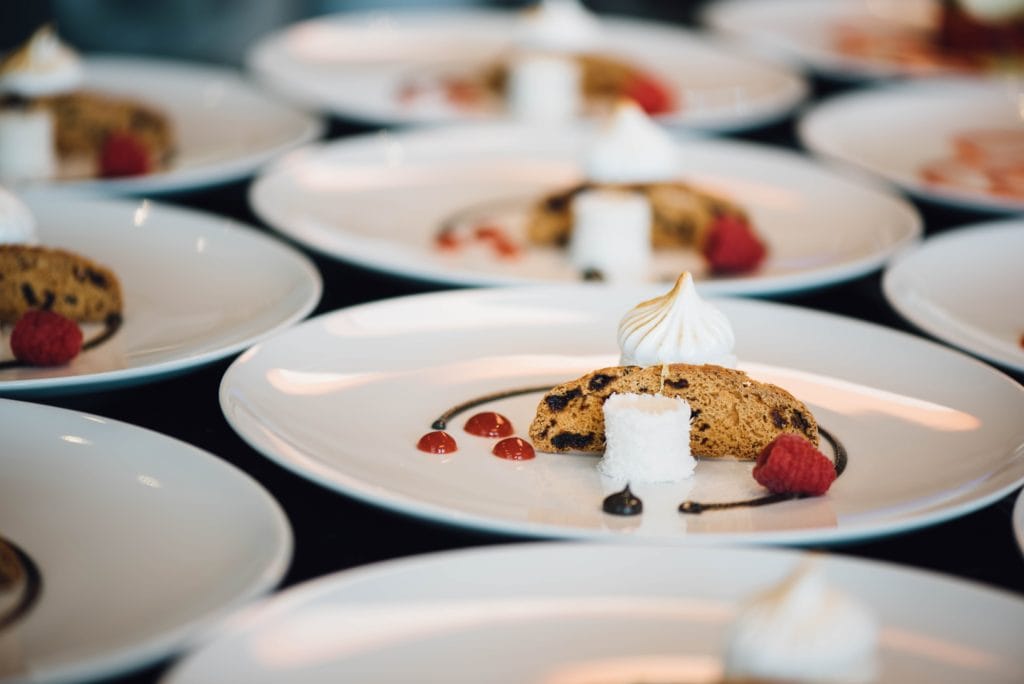
Experimenting with espuma can be an exciting undertaking, and for the consumer, a spectacular experience. It adds a textual nuance to a dish with rich flavour and, when done right, can elevate the entire dining experience.
Creating a stable espuma recipe takes some dedication and skill, but once you know what principles to consider – the flavour, temperature, density and application of the espuma – you will be able to explore a rich universe of textures and flavours.
Discover a range of espuma recipes here, and find out what else you can create using the Smartwhip cream charger!

